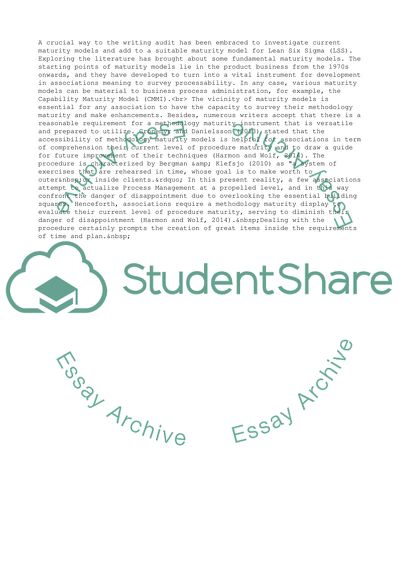Cite this document
(The State of Business Process Management Literature review, n.d.)
The State of Business Process Management Literature review. Retrieved from https://studentshare.org/management/1866764-compare-and-contrast-trendsresults-from-the-state-of-business-process-management-2014quot
The State of Business Process Management Literature review. Retrieved from https://studentshare.org/management/1866764-compare-and-contrast-trendsresults-from-the-state-of-business-process-management-2014quot
(The State of Business Process Management Literature Review)
The State of Business Process Management Literature Review. https://studentshare.org/management/1866764-compare-and-contrast-trendsresults-from-the-state-of-business-process-management-2014quot.
The State of Business Process Management Literature Review. https://studentshare.org/management/1866764-compare-and-contrast-trendsresults-from-the-state-of-business-process-management-2014quot.
“The State of Business Process Management Literature Review”, n.d. https://studentshare.org/management/1866764-compare-and-contrast-trendsresults-from-the-state-of-business-process-management-2014quot.


